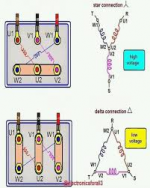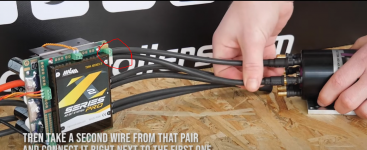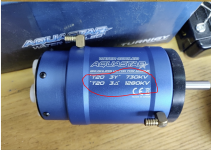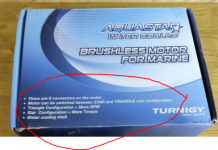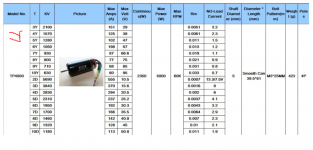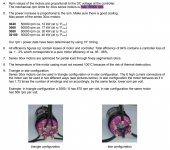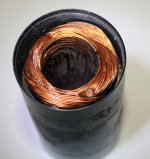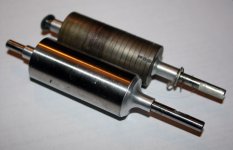Since I'm getting frustrated with the VESC/P2 setup (the P2 part works fine; the VESC is giving me a lot of issues), I'm turning my attentions to the Sledgehammer MGM/LMT setup. My 30100 LMT motor is a 2 pole deal with 6 connections on the back. It spins easily by hand (unlike the TP Power motor); I did take one youtube poster's advice and tried shorting a couple of phases and then turning it - and it suddenly was hard to turn.
How do these work? Anyone have a schematic for them? I don't understand the 6 connection thing, and the instructions for connecting seem very arbitrary - with this much power (both battery and ESC/Motor), I really want to understand what I'm doing. Any input is appreciated.
How do these work? Anyone have a schematic for them? I don't understand the 6 connection thing, and the instructions for connecting seem very arbitrary - with this much power (both battery and ESC/Motor), I really want to understand what I'm doing. Any input is appreciated.


